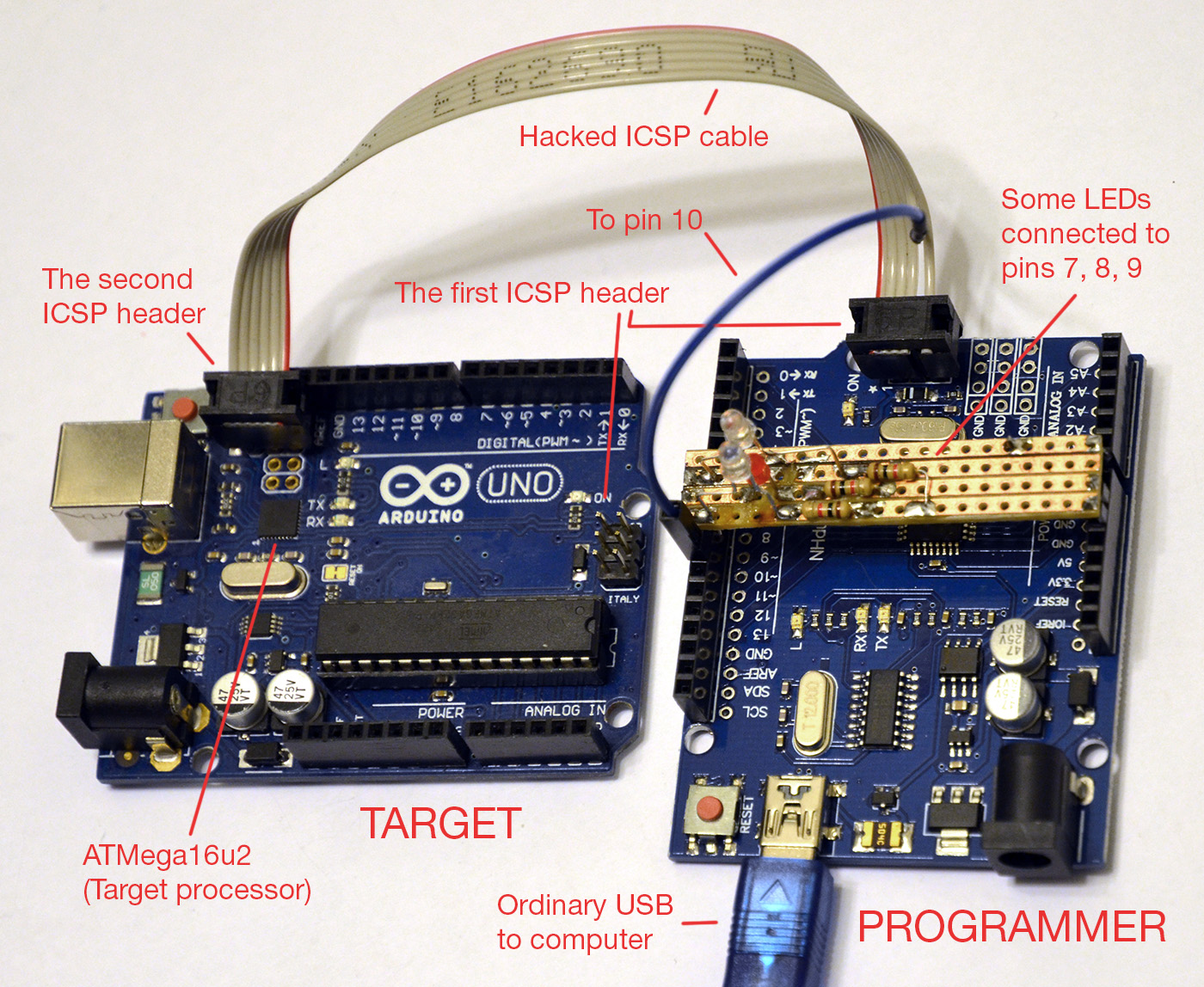Arduino – Create UF2 Boot File for Adafruit Feather M4
…Express or any other SAMD51 (M4) or SAMD21 (M0) board that has Adafruit UF2 Bootloader installed. Noob level! Fast-Track Here’s the fast-track reminder for an M4, if you already have everything installed: Background There are some instructions on how to do this. Adafruit, for example, has this page UF2 Bootloader Details with a lot of […]
